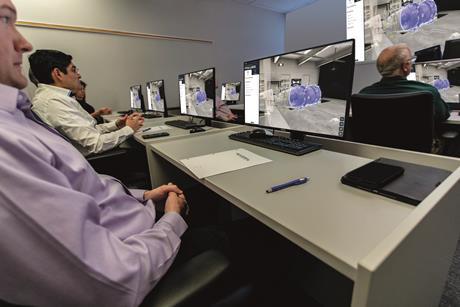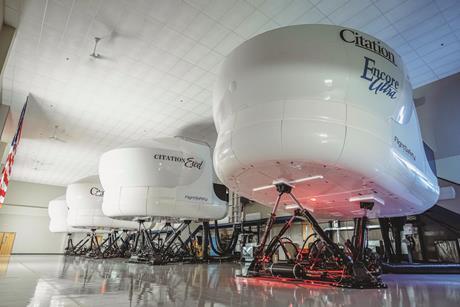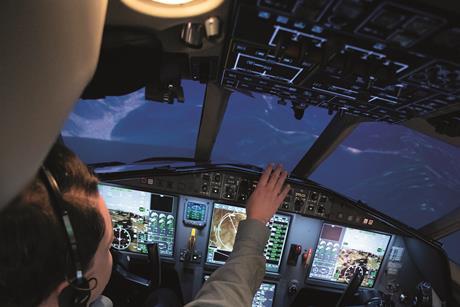- Trending now
- 2025 World Air Forces directory
- Guide to Business Aviation Training and Safety 2024
- Airline Business podcast
- First Flight - a new podcast
- Sustainable Aviation newsletter
- Women in Aviation
- AIX 2024
- 2024 World Air Forces directory
- Singapore Airshow 2024
- Guide to Business Aviation Training and Safety 2023
- Final Boeing 747 delivery
- 2023 Industry forecast
- 2023 World Air Forces directory
- NBAA 2022
- Farnborough 2022
- What will it take to Decarbonise Aviation?
- AIX 2022
- EBACE 2022
- Guide to Business Aviation Training and Safety 2022
- Ukraine crisis
- The Pilot Survey 2022
- What does the future of aviation look like in 2022?
- World Air Forces directory 2022
- Shell Aviation: What will it take to Decarbonise Aviation?
- EDGE: A new global force in aerospace and defence
- NBAA 2021
- IATA AGM 2021
- Top 100 aerospace companies
- DSEI 2021
- MAKS 2021
- Defending across the domains
- FlightGlobal Guide to Business Aviation Training and Safety 2021
- 737 Max: Two years on
- The Pilot Survey 2021 Report
- Helicopter Report
- Sustainability at Paris
Guide to Business Aviation Training and Safety 2022
Welcome to the second FlightGlobal Guide to Business Aviation Training and Safety, again produced in association with FlightSafety International, a leader in the sector that for more than 70 years has been championing the idea of training as being about much more than ticking regulatory boxes. Instead it is about embedding a culture of safety within each flight department, and instilling in pilots and maintenance specialists a mindset of professionalism and competence. We look at some of the philosophies and technologies – from harnessing data to improve the way aviators are instructed to the importance of being understood in the cockpit – that will make business aviation even safer in the years to come. Paid content by FlightSafety International
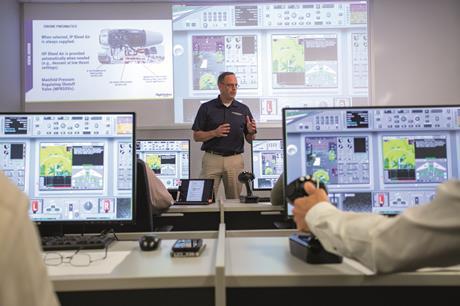
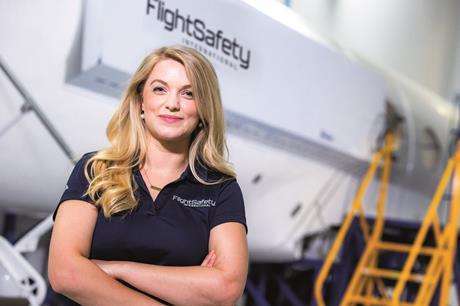

GE Digital data helps FlightSafety tailor training based on risk
By pooling the real-life experiences of hundreds of pilots flying thousands of sorties each week, FlightSafety and GE Digital are able to identify where risks are highest, and tailor training accordingly
Read storyGame technology gets trainee technicians inside the engine
Virtual reality technology that allows students to view the inner workings of an engine using similar animation techniques to those used in the gaming industry is transforming the way engine maintenance is taught at FlightSafety
Why training in a simulator beats learning on an aircraft
Why practise in a simulator when an aircraft provides a more realistic experience? Well, for a start, it does not. A training device can teach a pilot to prepare for a host of scenarios and ultimately become a safer aviator
Clear communication is key soft skill for pilots
It’s good to talk. Knowing when and how to communicate is an often overlooked skill for business aviation pilots. Specialist training will make for a more prepared, and ultimately safer crew member





















